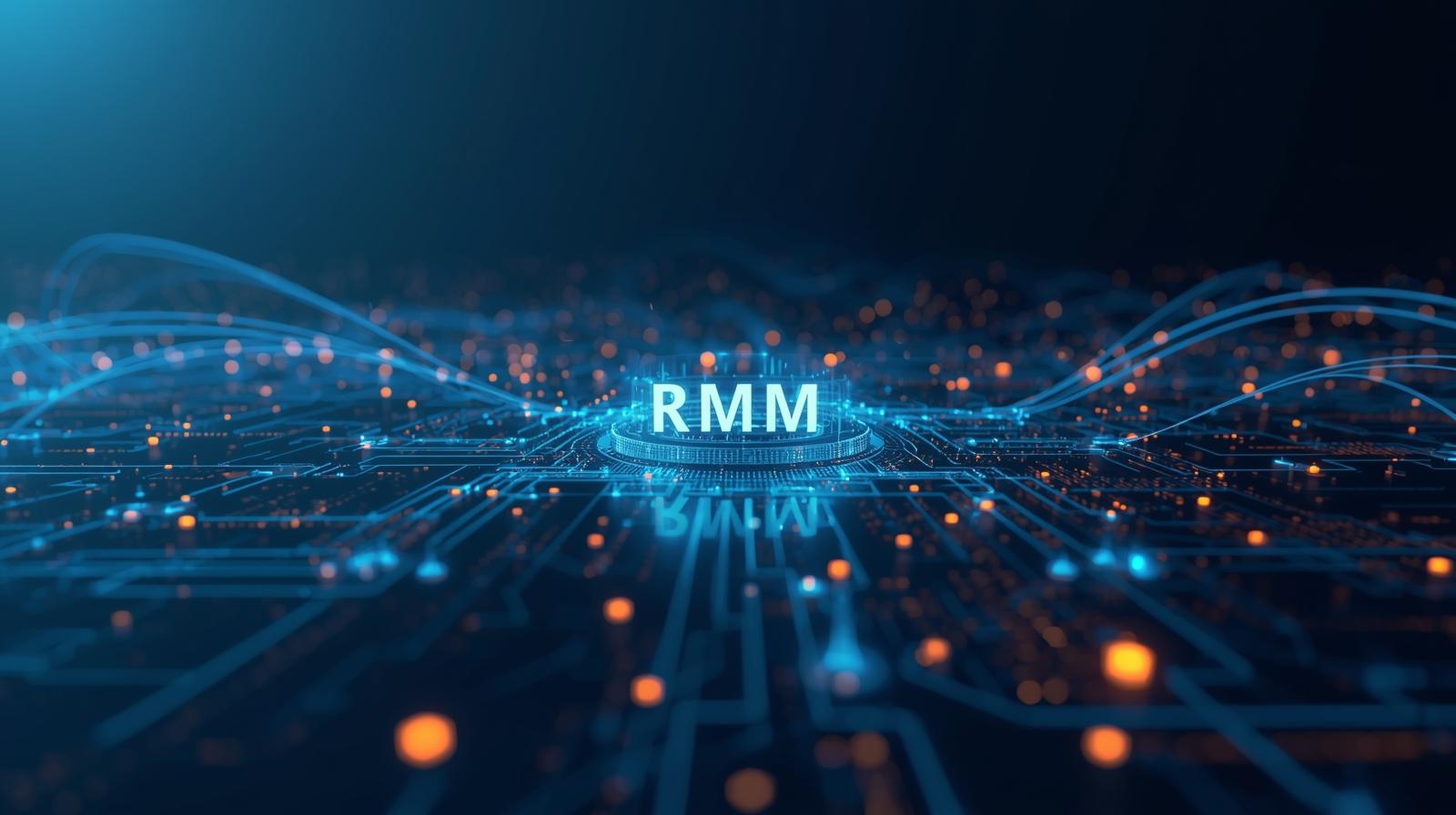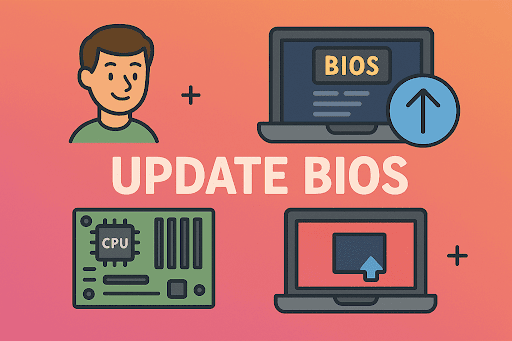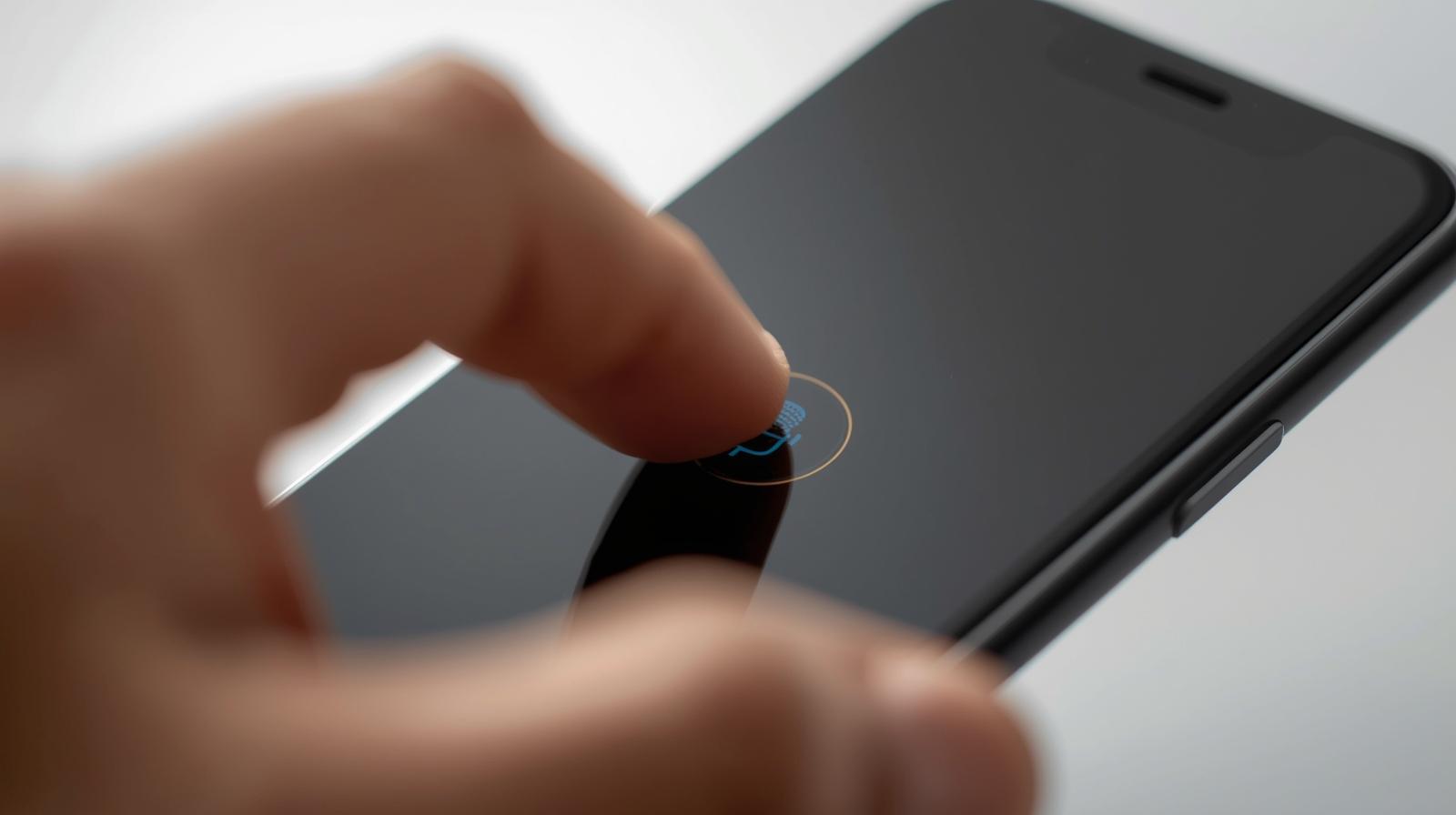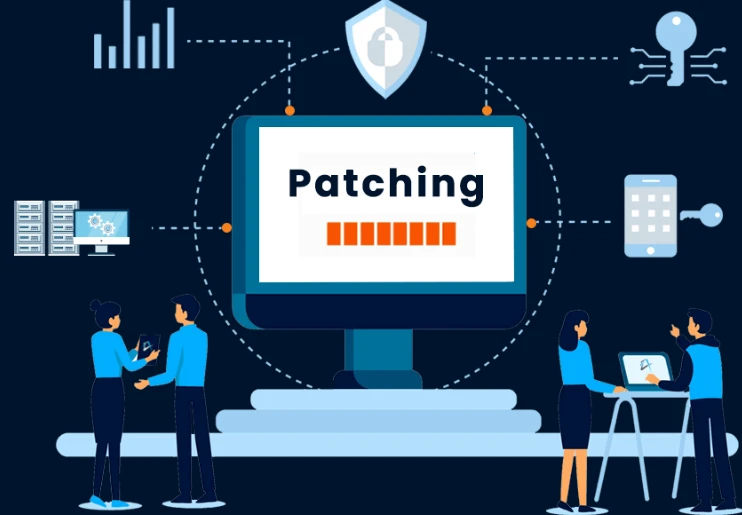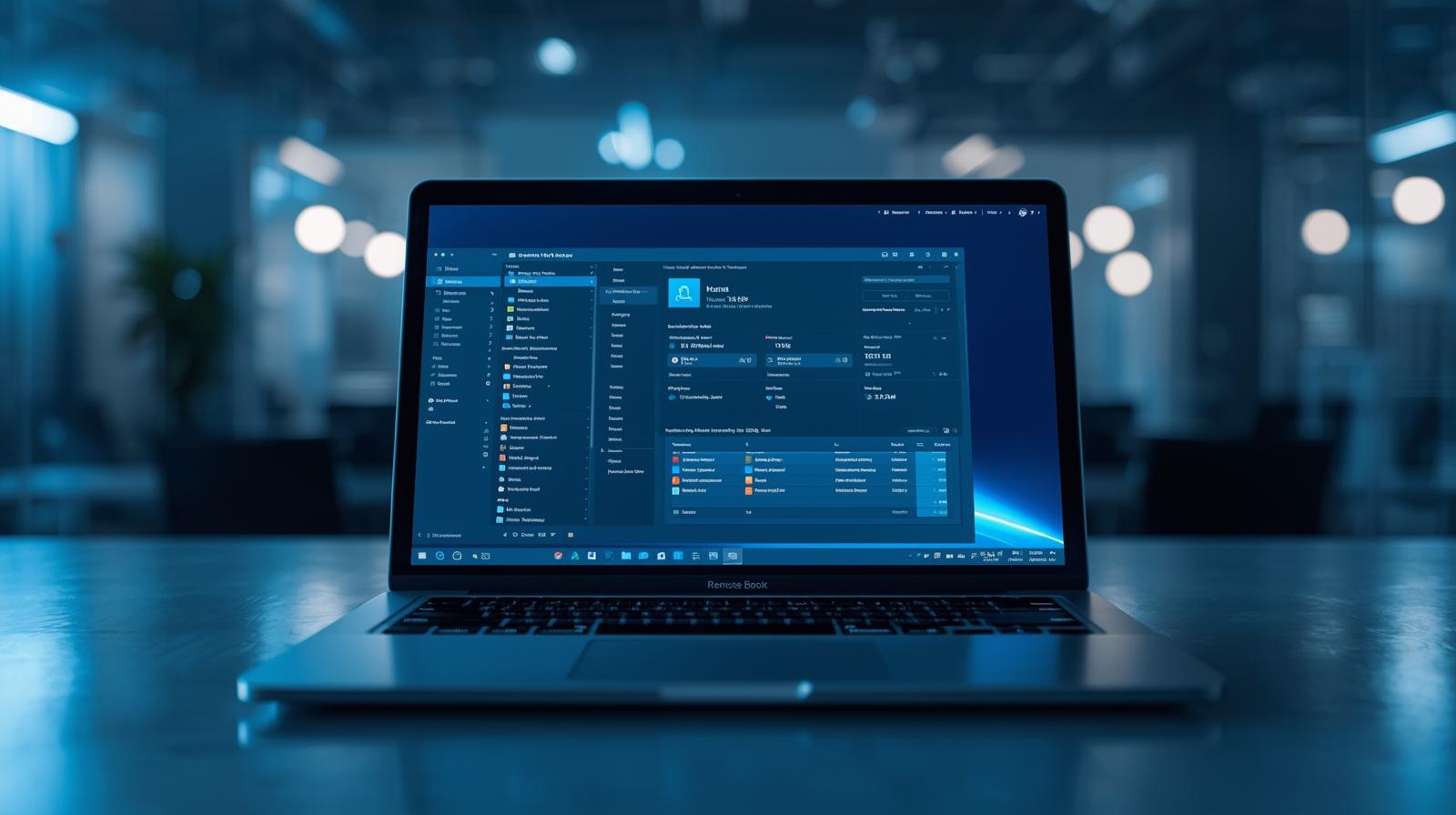Why BIOS Still Matters in a UEFI World
Updated on July 10, 2025, by ITarian

Ever needed to boot from a USB or enable virtualization and didn’t know where to start?
Understanding how to launch BIOS is still crucial in today’s tech environment—even as UEFI replaces traditional BIOS interfaces.
Whether you’re an IT manager updating boot priorities or a cybersecurity pro checking TPM settings, accessing the BIOS setup menu is a fundamental skill.
In this comprehensive guide, we’ll show you:
- How to access BIOS on Windows 10/11
- Which BIOS key works for your manufacturer
- Troubleshooting tips for entering BIOS
- When and why BIOS access matters in enterprise IT
Let’s get into it.
What Is BIOS and Why Access It?
BIOS (Basic Input/Output System) is the firmware embedded in your computer’s motherboard. It’s responsible for initializing hardware during startup and launching your operating system.
Common reasons to launch BIOS:
- Changing boot order
- Enabling virtualization (Intel VT/AMD-V)
- Accessing secure boot or TPM settings
- Troubleshooting startup issues
- Updating firmware
Newer PCs often use UEFI (Unified Extensible Firmware Interface), but the access process is still referred to as “launching BIOS.”
How to Launch BIOS: 3 Simple Methods
Let’s break down the most effective methods to access your system BIOS, especially on Windows 10 and 11 devices.
Method 1: Using a Hotkey During Boot
This is the classic method and works across all devices.
Steps:
- Completely shut down your computer.
- Turn it on and immediately press the BIOS key repeatedly.
- You’ll enter the BIOS setup menu if done correctly.
BIOS Key by Manufacturer
Different brands use different keys. Here’s a handy reference chart:
| Manufacturer | BIOS Key |
| Dell | F2 |
| HP | Esc or F10 |
| Lenovo | F1 or F2 |
| ASUS | F2 or Del |
| Acer | Del or F2 |
| Toshiba | F2 or Esc |
| MSI | Del |
| Samsung | F2 |
Tip: Tap the key repeatedly right after hitting the power button. Timing is everything!
Method 2: Access BIOS on Windows 10/11 via Advanced Startup
If you miss the BIOS key during boot or have a fast-booting SSD, use this method:
Steps:
- Go to Settings → System → Recovery
- Under Advanced Startup, click Restart Now
- Choose Troubleshoot → Advanced Options → UEFI Firmware Settings
- Click Restart and your system will boot directly into BIOS
This is the easiest way for most modern Windows 10/11 users to access the BIOS setup menu.
Method 3: Use the Command Line
Power users can launch BIOS through command prompts.
Command:
bash
CopyEdit
shutdown /r /fw
This command restarts the computer and forces entry into the firmware interface—especially useful for headless or remote environments.
When Should You Launch BIOS?
Knowing how to launch BIOS is one thing. Knowing when to do it is just as important.
IT and Security Scenarios Where BIOS Access Is Needed:
- Enabling Secure Boot for compliance
- Verifying or activating TPM chips for BitLocker or EDR
- Configuring Wake-on-LAN or hardware-based encryption
- Applying firmware updates to mitigate hardware vulnerabilities
- Diagnosing boot failures or POST errors
For security-conscious environments, BIOS/UEFI access helps enforce baseline hardware trust and endpoint configurations.
Troubleshooting: Can’t Access BIOS?
Sometimes, you do everything right and still can’t enter BIOS. Here’s what to check:
- Fast Boot Enabled: Disable it in Windows to allow time for BIOS key detection.
- Wireless Keyboard: Use a wired keyboard—it may not initialize fast enough.
- Hybrid Shutdown: Fully shut down using Shift + Shutdown from the Start menu.
- Try Another Key: Your manufacturer might use a secondary key like Esc or Del.
Tips for Enterprise IT Teams
For IT managers managing large device fleets, here are a few best practices:
- Use Remote BIOS Access Tools (via Intel AMT or vendor utilities)
- Document BIOS Key by Manufacturer for all deployed devices
- Standardize BIOS Settings via policy templates or imaging scripts
- Train Staff on basic BIOS access as part of security awareness
FAQ: How to Launch BIOS
1. Can I access BIOS from within Windows?
Yes. Use Advanced Startup in Settings → Recovery, then select UEFI Firmware Settings.
2. What is the BIOS key for Dell or HP?
- Dell: Usually F2
- HP: Esc, then F10
Refer to your device’s manual for model-specific instructions.
3. Is BIOS the same as UEFI?
Not exactly. UEFI is the modern version of BIOS, but people often use the terms interchangeably.
4. Why is BIOS not opening when I press the key?
Possible causes include Fast Boot being enabled, using a wireless keyboard, or mistiming the keypress. Try restarting and pressing the key repeatedly.
5. How do I launch BIOS on a laptop?
Same as a desktop: press the BIOS key during startup or go through Windows Recovery options.
Final Thoughts: BIOS Access is a Skill Every Pro Should Have
Knowing how to launch BIOS is a fundamental yet powerful skill—whether you’re updating firmware, securing boot processes, or deploying company-wide settings.
With just a few key presses (or clicks in Windows), you unlock access to vital system controls that directly impact endpoint security, compliance, and performance.
Secure Your Endpoints—The Right Way
Want centralized control over BIOS-level security, asset visibility, and remote endpoint defense?
👉 Start your free trial with Itarian now and elevate your cybersecurity strategy.


